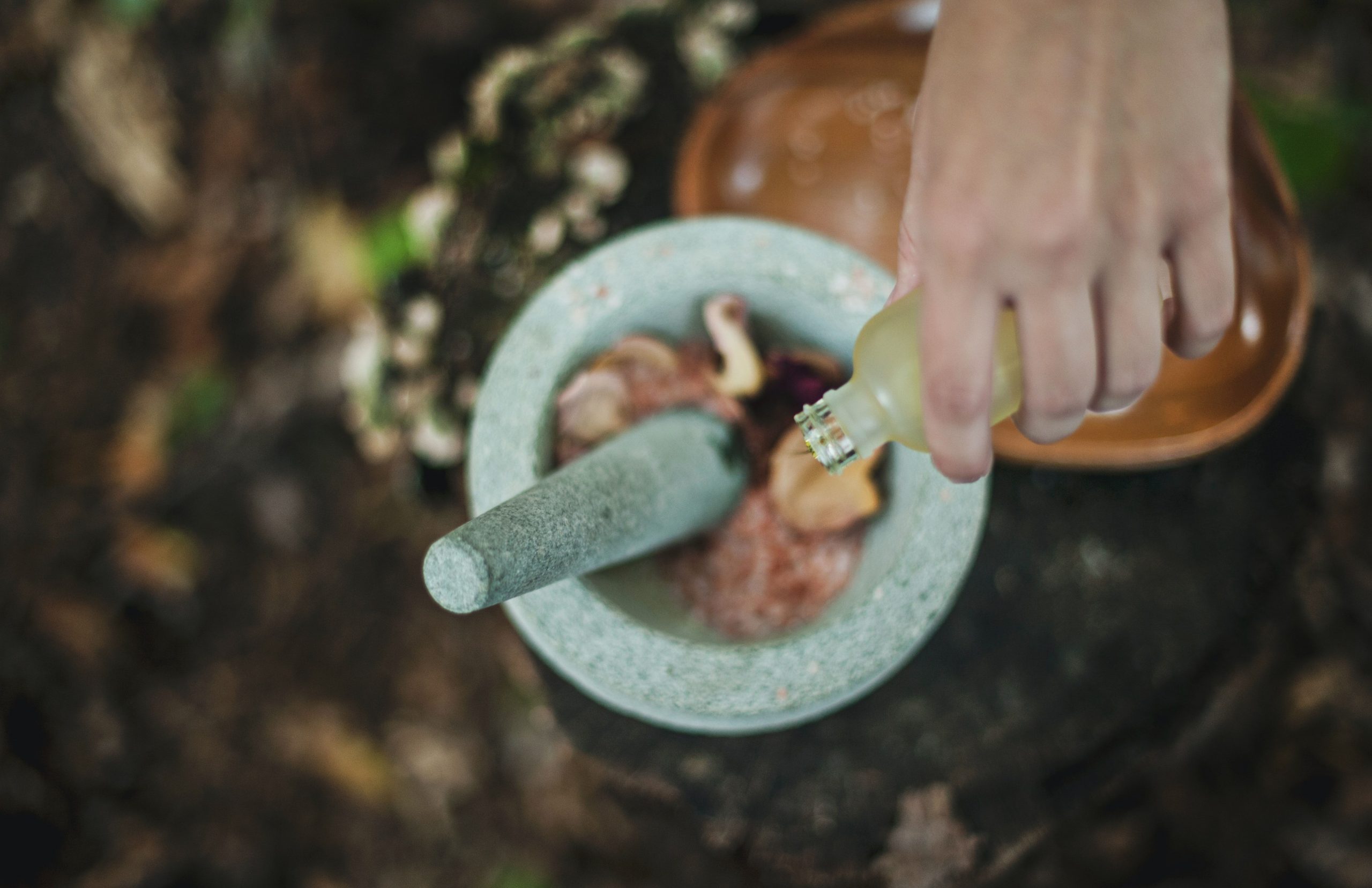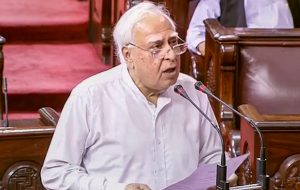According to Ayurveda, each person’s mental, physical, and emotional make-up is determined by a combination of three bioenergies called doshas (Pitta, Kapha, and Vata) in their body.
These doshas experience daily and seasonal cyclic ups and downs. Kapha intensifies in the spring and shows up as the flu, a cough, and other related problems.
Also Read| Monkeypox virus may signal dawn of a new STD
Pitta typically rises in the autumn and can result in inflammatory conditions affecting the liver or other organs. The Vata becomes aggravated and out of balance during the monsoon.
Additionally, because Vata is the manager of all the doshas, any imbalances in Vata during the monsoon season have a cascading effect and affect the other doshas as well.
Also Read| Nearly 3 decades later, is America ready to meet the polio challenge?
Pitta builds up during the summer and causes the body to become more inflammatory and acidic. During the monsoon, when Vata is out of balance, Pitta is further aggravated.
Due to environmental moisture and an imbalance in Vata, Kapha is mildly aggravated during the monsoon. Compared to Vata and Pitta, Kapha’s imbalance is relatively less severe according to Dr Firoz Varun, Chief Physician, Kalari Rasayana Center for Ayurveda.
Also Read| What COVID symptoms Joe Biden is showing after testing positive
Poor lifestyle decisions only serve to aggravate Vata. As a result, the body becomes more susceptible to illnesses, which increases the likelihood of tremors, metabolic disorders, disturbances in sensory and motor function, physical pain, and joint stiffness.
The monsoon season is advised by Ayurvedic vaidyas (doctors) for the effective onset of treatments for conditions like degenerative diseases, neurological disorders, and arthritis. The monsoon season is a good time for preventative treatments to strengthen and fortify the body against diseases, according to doctors, for those who live in India.
Also Read| Cancelling Cancer: Five footballers Sebastian Haller can draw inspiration from
The monsoon season is recommended by ancient writings as the best time to undergo Panchakarma treatments. Due to the high humidity during the monsoon, our skin pores open up more quickly, which helps them absorb the Ayurvedic oil better.
Additionally, because the body naturally perspires more in a very humid culture, the toxin release is more intense. Since the muscles are stretched, yoga poses appear to be simpler to perform. Beginners in yoga should therefore choose these months.







